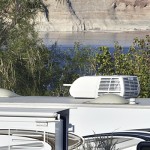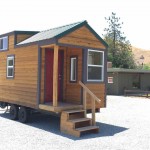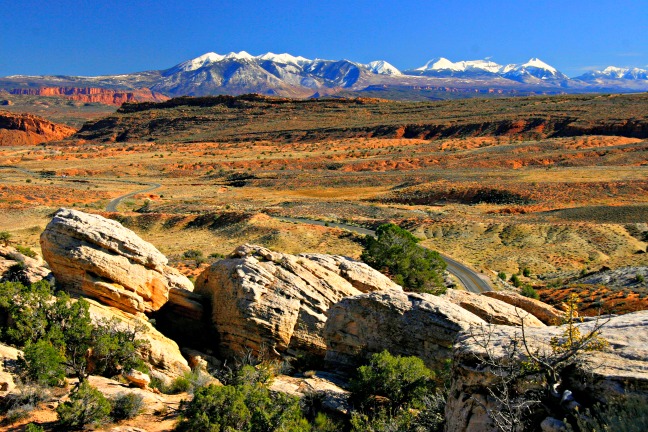
By standing relatively close to the large rocks in the foreground I was able to accentuate them and lead the viewer’s eye into the middleground and mountains in the background. Also notice how the road in the middleground leads the viewer’s eyes through the image. © Rex Vogel, all rights reserve
RV travel photography seems so simple.
What could be easier than traveling to a natural oasis full of majestic and spectacular beauty with a camera and a handful of memory cards and a spare battery and taking some amazing landscape photos?
But when you arrive at your location, you find that it’s a lot harder to take a decent travel photo than it looks.
You take the RV trip of a lifetime with dreams of capturing those magical experiences. You anticipate a memory card full of captivating images to share with family and friends. But instead, you end up with mostly uninspiring photos that fail to do your adventure justice.
Digital is not difficult to shoot and good results are achievable, but one needs to know the basics of photography.
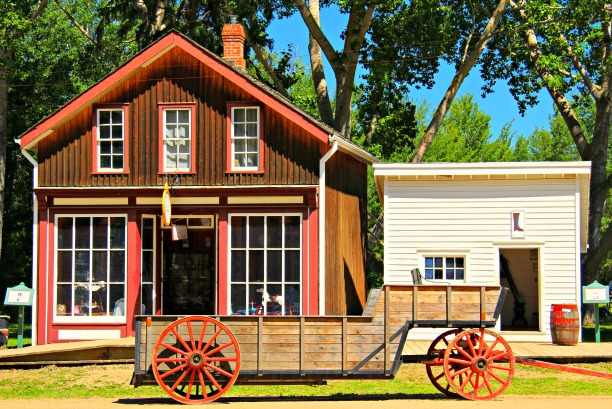
Compose your photo simply. Remove all nonessential elements. Zoom in or move in. Photo above Fort Edmonton Historic Park, Edmonton, Alberta. Each part offers a unique look and feel. © Rex Vogel, all rights reserved
The combination of good lighting, the right exposure, and a suitable composition either make a photo outstanding or destroy it altogether.
The best light for landscapes occurs twice a day and is commonly referred to as the Golden Hour or Magic Hour. The Golden Hour is generally about an hour or so after sunrise and an hour or so before sunset.
In general, good photos result from careful attention to some basic elements of composition—the placement of the objects in the photo.
Photography is about seeing—how we COMPOSE what we see. In the process of making any photo, there are two important decisions to be made:
- What to include in the frame
- What to exclude from the frame
Remember that less is more. Compose simply. Remove all nonessential elements.
Move closer. One of the most common mistakes of beginning photographers is including too much in the photo. Draw attention to the most interesting part of a scene by subtracting anything that’s not interesting.
The Rule of Thirds is a powerful compositional technique for making photos more interesting and dynamic. The Rule of Thirds states than a photo is most pleasing when its subjects are composed along imaginary lines which divide the image into thirds—both vertically and horizontally—so that you have nine parts.
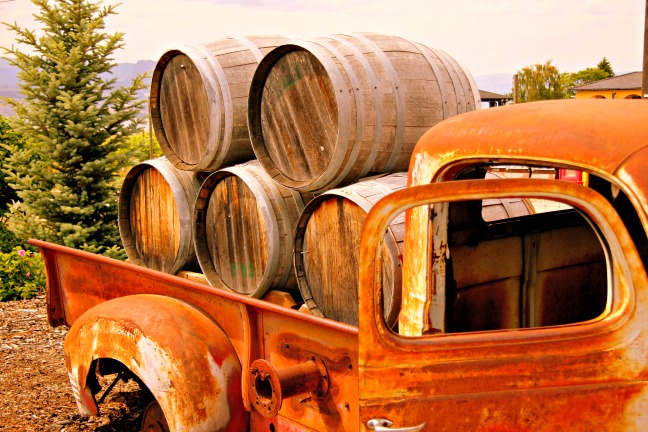
When you take a photo and choose where things are placed within the frame, know why you’re doing it. Photo above The Old Wine Truck at Red Rooster Winery in BC (British Columbia) Wine Country (Okanagan Valley). © Rex Vogel, all rights reserved
We need to choose our composition carefully to convey the sense of depth that was present in the actual scene. Depth can be created in a photo by including objects in the foreground, middle ground and background. The foreground should provide a clear and interesting pathway into the scene and lead the viewer’s eyes into the background.
Rather than only shooting from eye level, also consider photographing from high above, down at ground level, from the side, from the back, from a distance, from close up and so on. Try changing your point of view—get lower, get higher—and see how it affects your scene.
Remember, taking digital photos costs nothing; so go out and experiment, shoot a lot and see what you come up with.
Let’s not forget the most basic rule for shooting great photos: Take your camera with you everywhere you go…and take lots of photos. You can’t “capture the moment” if you don’t have your camera.
